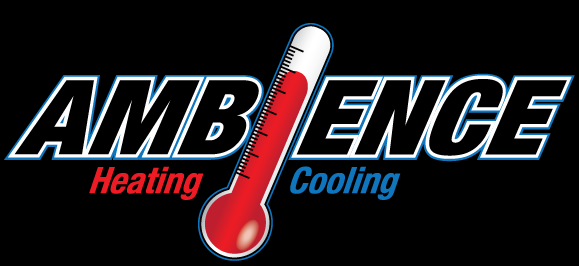
When searching for a heating and cooling system for your dwelling, it’s essential to choose one that balances efficiency, operation and budget. That’s why many homeowners look to mini-splits for comfort in their home.
Mini-splits—often called ductless mini-splits—have many advantages that make them a popular choice for both homes and businesses. They're extremely energy efficient, reducing energy consumption and saving on utility bills, because they don't have the energy losses that can come with the ductwork found in traditional HVAC systems. They also make it possible for users to customize the temperature in each room, improving overall comfort while not wasting energy.
If you’re considering mini-split installation in Wilmington, it’s important to first determine if these devices are recommended for your living situation. Here, we’ll examine how mini-splits compare to other heating and cooling devices and appliances.
What a Mini-Split Is and How It Works
A mini-split, or ductless mini-split, is a heating and cooling device that has no ductwork. It's often used in homes that don't have existing air ducts and for homes with rooms that aren’t served well by an existing HVAC system.
A mini-split system has two primary components: an outdoor compressor/condenser and an indoor air-handling component. The two are attached by a conduit containing the power cable, refrigerant tubing, suction tubing and a condensate drain.
Here's how it works: the outdoor compressor distributes the refrigerant necessary for heat exchange through the coils and the air handler. The in-house device draws in air from the room, cools or heats it over the coils and pushes the conditioned air back into the room.
Mini-Split vs. Central Air
Mini-splits offer targeted cooling in specific rooms or zones of your residence. They are excellent for energy efficiency because they only condition the areas you choose. However, they might not blend seamlessly into every room because of their wall-mounted indoor units.
On the contrary, a central air system uniformly cools your entire home, producing consistent comfort levels throughout. Its ductwork is out of sight, preserving the appearance of your home. On the other hand, it may not be as energy efficient as a mini-split, especially in larger homes or residences where certain areas may not need constant conditioning.
Mini-Split vs. Window AC/Window Unit
Mini-splits are usually more energy efficient and not as loud as a window air conditioning unit and are useful for cooling air in multiple rooms. This is why mini-splits are a flexible alternative for lots of homeowners. They also utilize a form of refrigerant that is more environmentally safe, reducing their environmental impact. These devices can even add value to your home due to their long-lasting nature and exceptional cooling capabilities. However, they come with a higher up-front cost.
On the contrary, window air conditioners are less expensive up front. They are often a good fit for homes that cannot accommodate a central Air conditioning system or for homeowners with budget constraints. Despite these advantages, window units can utilize up to 40% more energy than ductless mini-split systems and are often noisier.
Mini-Split vs. Portable AC
The answer to what is better, a ductless mini-split or a portable air conditioning unit, will depend on on your priorities. If your main considerations are energy efficiency and cooling capability, a mini-split is considered far superior to a portable AC unit. However, if budget is a major concern, a portable AC is less expensive.
Mini-Split vs. Gas Furnace
The choice between a mini-split system and a gas furnace depends on a range of factors which can include the climate in your city, home size, energy efficiency preferences and how much you plan on spending.
A mini-split system typically is more energy efficient than a gas furnace. It can heat and cool distinct areas inside of your home, delivering custom climate control in specific rooms. Mini-splits also are for the most part quieter and have a greater up-front cost, but their operating costs are usually lower due to their better energy efficiency.
Alternatively, a gas furnace can be a very effective heating remedy, particularly in colder climates where mini-split heat pumps may not be able to maintain comfort levels in the bitter cold. Although they are less energy efficient than mini-splits, gas furnaces ordinarily have lower initial costs. However, their operating costs can be higher, especially if natural gas prices rise.
Mini-Split vs. Heat Pump
Mini-splits and heat pumps use the concept of heat transfer. They are both energy efficient, but a heat pump's duct system can be less efficient. However, the choice between a mini-split and a heat pump often is based on on a family's needs and circumstances.
For instance, if you reside in a warmer climate and mostly need cooling, a mini-split system might be a more effective choice. But then again, if you need both heating and cooling and already have ductwork in your home, a heat pump could be a more efficient option.
Mini-Split vs. Space Heater
In regards to heating and cooling a residence, mini-splits and space heaters each have merits. However, for total efficiency, versatility, comfort and safety, mini-splits outperform space heaters. Mini-splits provide superior energy efficiency due to the fact they deliver conditioned air right to different zones and can serve numerous rooms at once.
Space heaters are much less expensive to buy but are typically reserved for heating a small area or just one room. They also are usually less energy efficient. Unlike mini-splits, space heaters do not provide cooling. The biggest drawback for space heaters is the risk of fire. Industry experts say some 1,700 fires each year involve space heaters.
